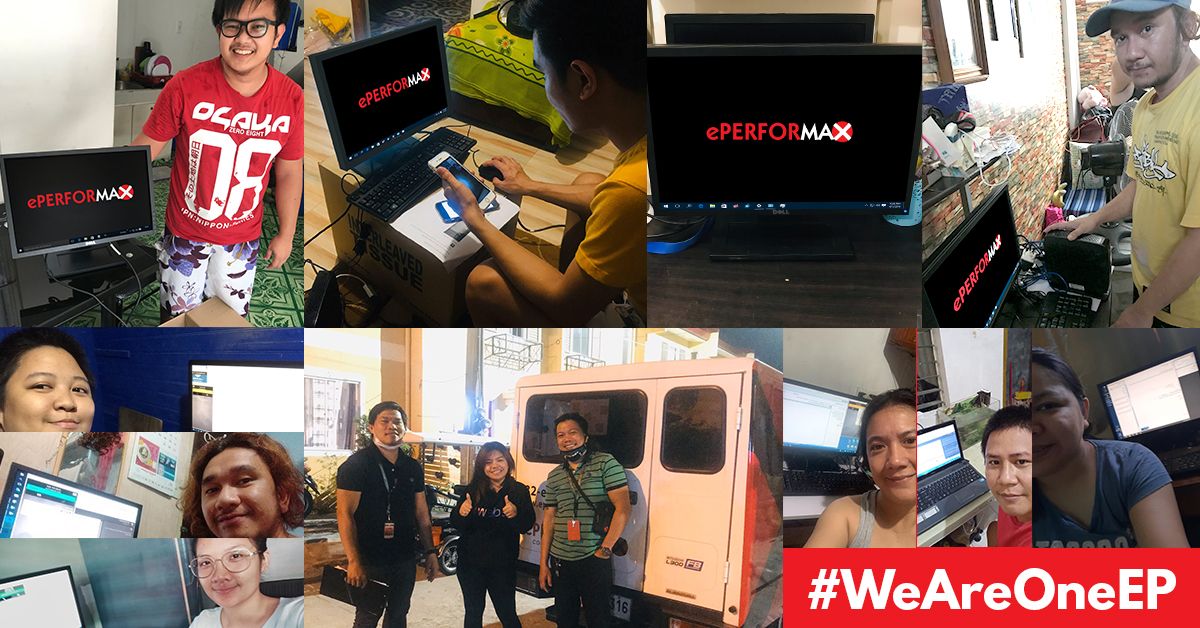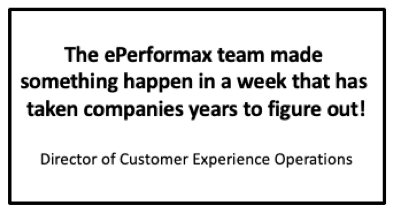
CASE STUDY | COVID-19 Pandemic: Work-At-Home Implementation
The coronavirus pandemic is the global nightmare scenario everyone hoped would never happen. Governments, businesses, people, and families around the world are struggling to deal with what continues to present itself as a prolonged period of uncertainty and adjustment.
In the face of this global crisis, as leaders around the industry were grappling with what to do, our executive leadership team decided to stay true to our corporate values which prioritized the safety of our employees and their families, while ensuring the continuity of our client's business operations.
When the Enhanced Community Quarantine was announced, we immediately activated our Business Continuity Plan, which included pandemic planning, and worked in partnership with our clients to identify, test, and deploy Work-at-Home (WAH) solutions. We also quickly secured a number of hotel accommodations near our site to house employees and began preparing our Manila facility to accommodate those who could live onsite.
Anticipating other Philippines cities would soon follow the Enhanced Community Quarantine measures imposed by the government in Luzon (Manila), we proactively deployed advance teams in Cebu and Roxas City to move operations that we could to a WAH model, while also securing near-site hotel accommodations and reading our facilities for employees whose role required their presence working onsite.

Working around the clock with our clients, we were able to achieve 75% operational capacity by deploying WAH solutions during this unique crisis. Where the full array of alternative working arrangements could not be adopted, we were able to keep 63% of client operations onsite through a combination of onsite living arrangements and nearby hotels.
For employees who were unable to continue to work in either an onsite or WAH capacity, they were given options to go on leaves (paid or unpaid) with benefits, and the company applied for their government assistance. ePerformax also offered salary loans and assistance from our Red & Black Fund to help during the crisis.
What We Accomplished
Following the unprecedented quarantine of Luzon’s 57 million residents and subsequent rolling quarantines around the Philippines, our Business Continuity Team worked to rapidly transition through our 3-phase Pandemic Continuity Plan.
Phase 1: Day 1 – 15
Performed a risk assessment, maintained critical operations, and preserved the safety of our employees:
- Moved 1,500 frontline employees into WAH positions.
- Achieved 0% downtime by moving to WAH solutions outside client hours of operation.
- Housed almost 700 employees in nearby hotels or onsite in 5 days.
- Dual-skilled 100% of our frontline staff to handle chat, email, or asynchronous messaging.
- Offered appreciation bonuses to all employees who could work – onsite and WAH.
- Deployed IT security protocols to secure our most sensitive data in a WAH model.
- Used our organizational development methods to coach and trained our leaders on how to maintain effective team management remotely.
- Defined personal health and sanitation expectations (temp checks, mask-wearing, hand washing, hand sanitizer stations, etc.) and facility sanitation requirements (building entrances, community spaces, production floors, etc. – after use, hourly, daily, etc.).
- Maintained “around-the-clock” open business continuity communications.

Phase 2: Day 15 – 30
Continued increasing operational capacity and shift to normalizing performance across all channels:
- Brought an additional 200 frontline employees online in WAH positions.
- Stayed focused on core competencies by adopting virtual coaching, feedback, and huddle strategies.
- Maintained productivity and efficiency across WAH and work onsite by a difference +/-1 average contact per hour.
- Used our eSat surveying tool to stay engaged with employees working from home and in our sites.
- Fully transitioned our clients’ operations from 90% voice to 92%-98% chat, emonail, or asynchronous messaging.
- Delivered 116% of hours required, while taking unplanned overflow from vendors unable to deploy WAH solutions.
- Deployed supplemental training material for teammates newly transitioned to email, chat, or asynchronous messaging based on benchmark analysis of top performers and known best practices.
Phase 3: Day 31 – 60
Planned and implemented sustainable strategies to prepare for life and work after the quarantine and restore “Business as Usual”:
- Activated our “New Normal Transition Plan: Life after Quarantine” meant to reconfigure how we interact onsite to ensure we continue to deliver for our clients in a way to prevent the spread of coronavirus.
- Reconfigured agent pods, coaching rooms, common spaces, and calibration rooms to respect social distancing rules.
- Built high-potential WAH employee profiles based on achieved performance results in the eventuality that WAH becomes a strategic arrangement that fits our clients’ needs.
It’s important for you to have an outsourcing partner that works with you to continue operations through BCP planning and implementation. While this was an unexpected and unprecedented situation, we were able to react quickly and decisively to develop, test, and implement WAH solutions for our clients. Let ePerformax share with you how we partner with our clients and make your business needs our top priority.
Contact us today: +1 (888) 384-7004
0 responses to “CASE STUDY | COVID-19 Pandemic: Work-At-Home Implementation”
